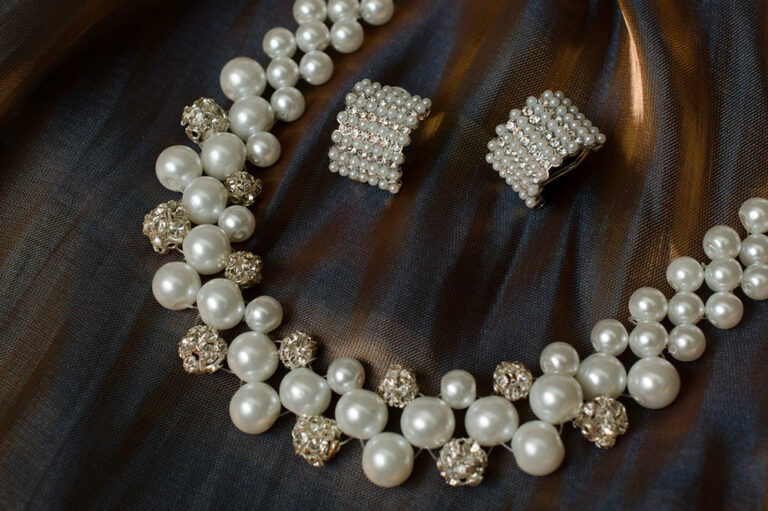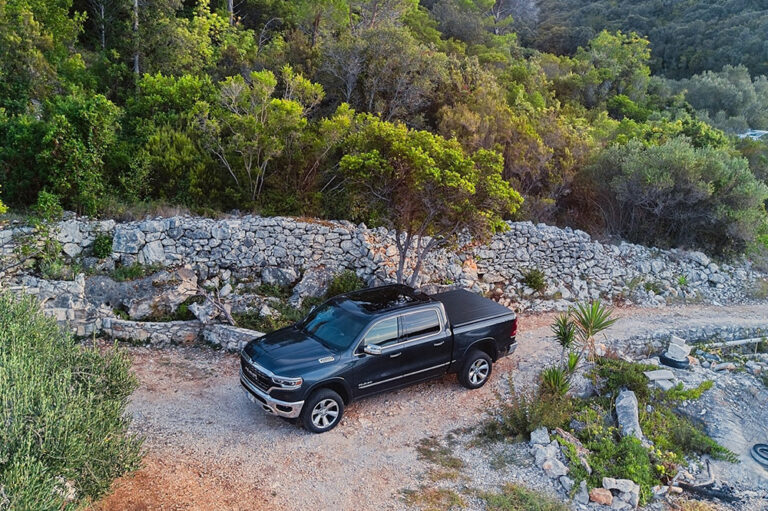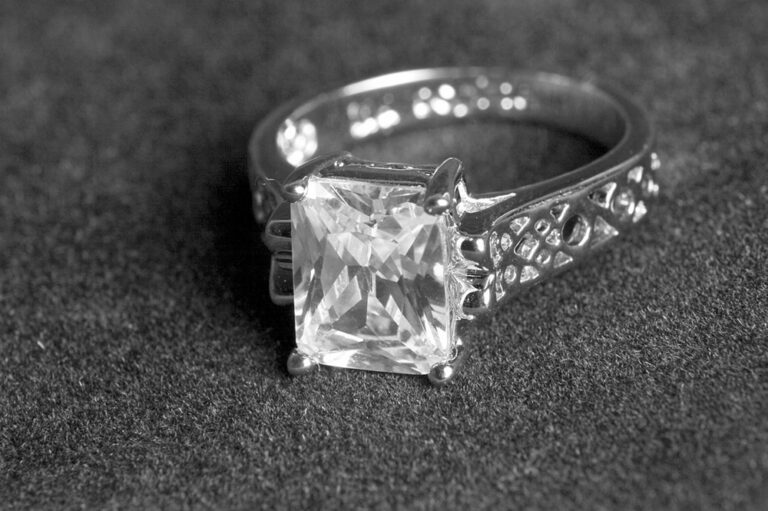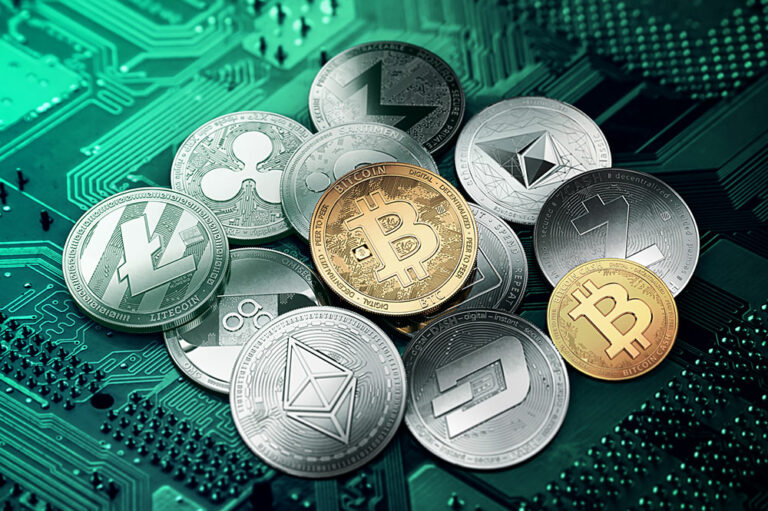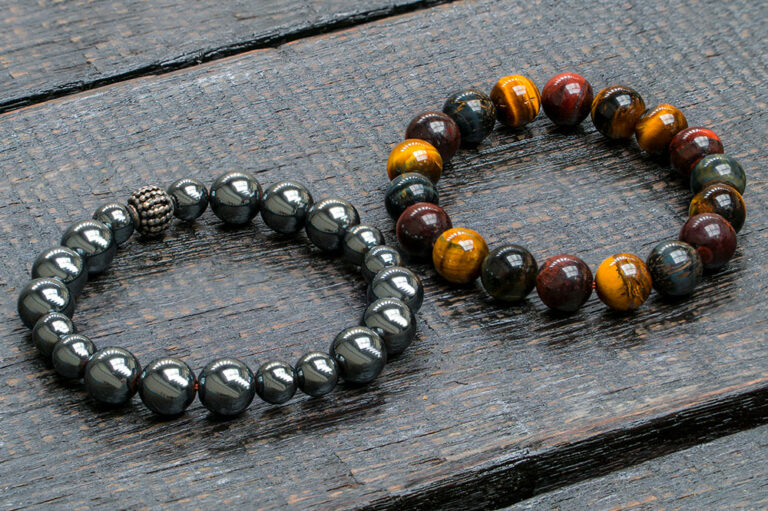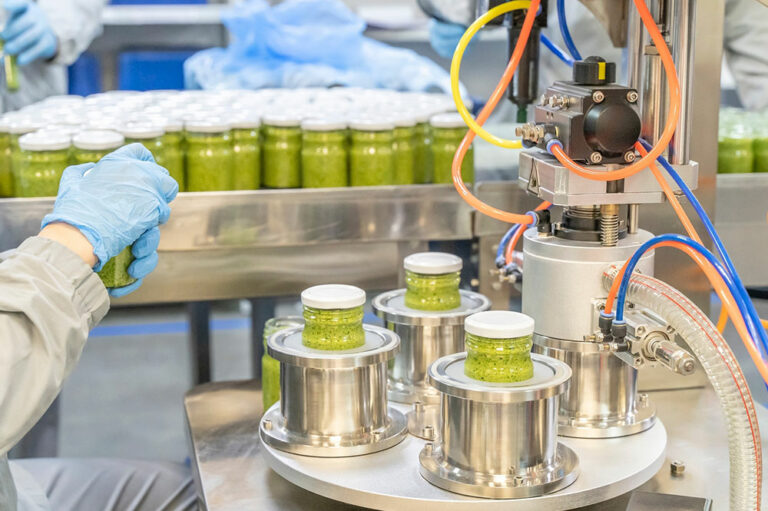4 mistakes to avoid while buying lab-grown diamonds
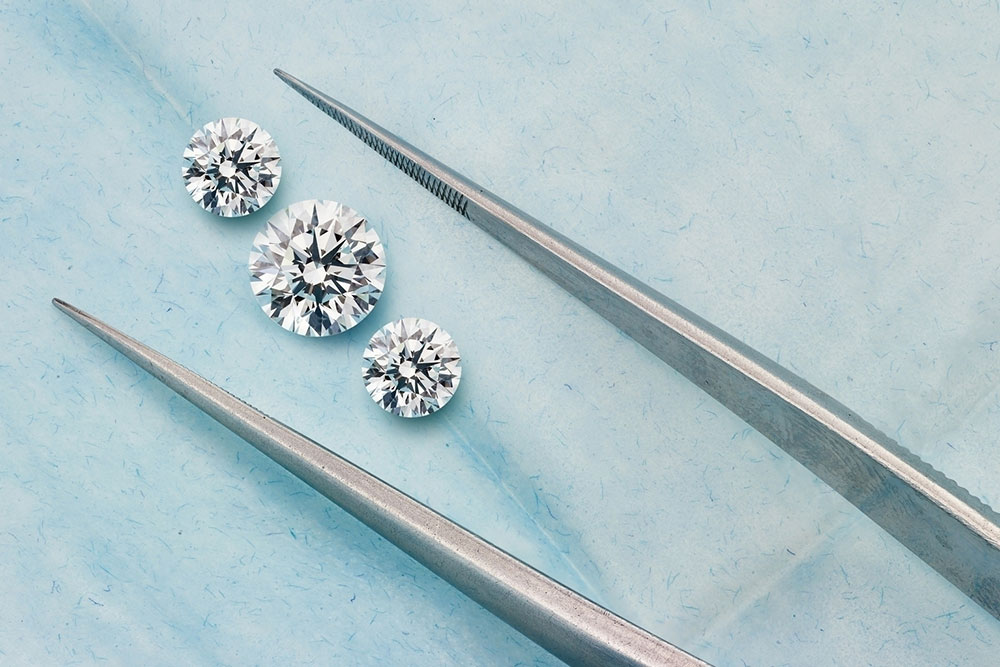
Given the high costs and ethical concerns surrounding natural diamonds, it is no surprise that more people are opting for lab-grown diamonds today. Created from the same carbon as natural diamonds, these tend to be cheaper and more abundant, with much room for quality control. However, buyers often make certain mistakes when purchasing synthetic diamonds, which result in significant losses. Here are a few common mistakes to avoid while buying lab-grown diamonds.
- Not knowing the basics
When buying diamonds – whether natural or lab-grown – there are four important C’s that determine the price of the stone. These include the following-
- Cut— Each diamond has a distinct cut, which impacts how it disperses light. Some popular cuts include round, cushion, emerald, oval, marquise, radiant, pear, princess, and heart.
- Carat weight— Next comes the diamond’s weight and size, also known as carat. This can be customized based on customer preferences and budgets.
- Clarity- Diamonds could have various flaws, such as tiny spots, air cavities, clouds, etc., which impact their beauty. If there are no such inclusions, the diamond is categorized as FL (flawless), driving up its price.
- Color- Colorlessness is also a desirable quality of diamonds. This is rated from D to Z, where D is the rarest (most colorless).
Not knowing about these aspects could result in one overpaying for their purchase.
- Buying without a certificate
Like natural diamonds, even lab-made diamonds are graded and certified by institutions like the IGI, GIA, and GCAL. Since many people are unaware of this, they end up buying diamonds without certification, which could be a huge mistake. Always ask for a certificate, as this assures that the diamond meets the grades specified by the aforementioned C’s.
- Buying from unknown sources
Given the high costs associated with diamonds, purchasing from an unknown source is never a good idea. Look for an established diamond company or seller who has a good history in the business. With unknown sources, there is a grave danger of being misguided, scammed, overcharged, or ending up with fake or blood diamonds.
- Failing to do adequate research
Lastly, the reason most people end up buying the wrong type of diamond is because of a lack of proper research. To avoid this, one should start early and consider the cut, clarity, carat, and color they prefer. Then, use a diamond pricing calculator to estimate its cost. Work with a budget, and ensure one checks out multiple brick-and-mortar and online stores for good deals before purchase.
